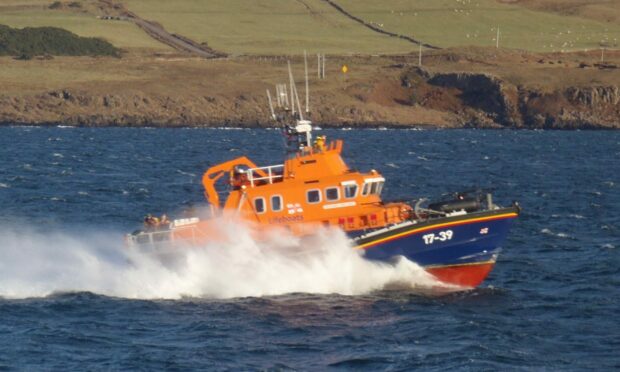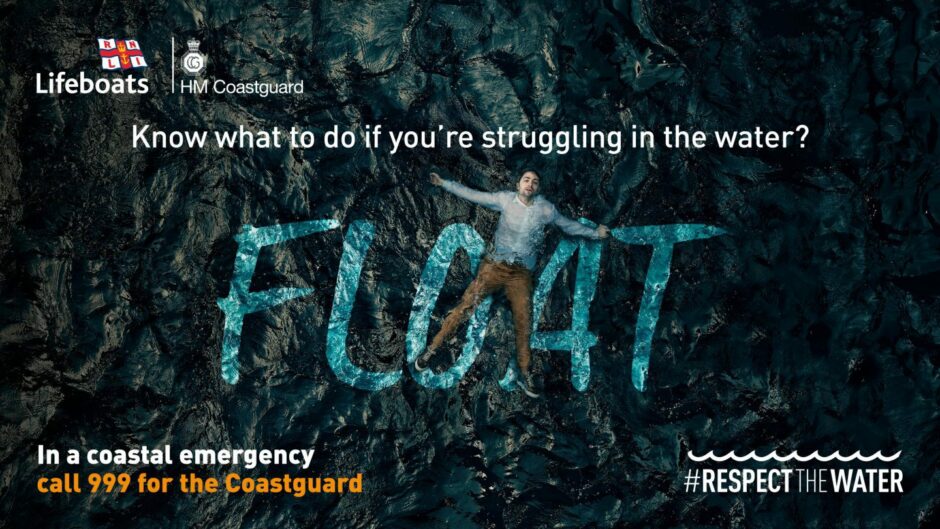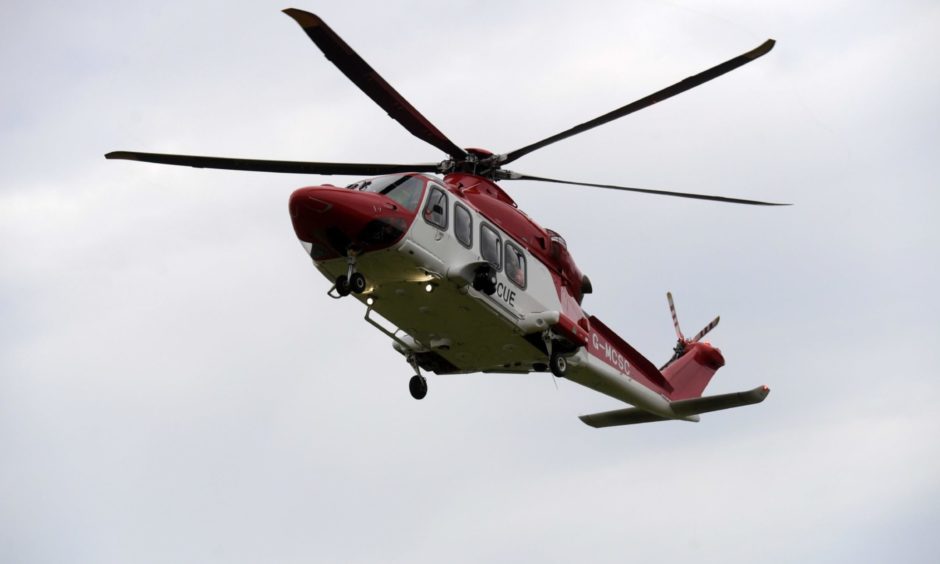With temperatures and beach visits expected to rise in the coming months, people are being reminded to stay safe when out and about and near water.
Recent data shows that 267,191 people visited the RNLI’s eight lifeguarded beaches last year – with the number expected to increase in 2022.
Teams witnessed 313 incidents and aided nearly 400 people on just these beaches, and overall recorded a 10% increase in lifeboat launches compared to 2021.
The RNLI has said it witnessed a rise in incidents involving paddleboarders and swimmers during this time.
Now, they have launched a campaign, in partnership with HM Coastguard, to remind people what they should do if they get into trouble in the water.
Staying calm in the water
Float to Live encourages the public to use their “natural buoyancy” until help arrives or they can swim to safety – they advise people to lean back and use their arms and legs to stay afloat.
Laura Erkine, the RNLI’s water safety education manager for Scotland, said: “As the warmer weather appears and the school holidays begin, we expect to see Scotland’s beaches getting busier.
“It’s important to remember that even though the weather is warmer, the water can still be significantly cold, so it is vitally important to take caution and remember to Float to Live if you get into trouble.”
More search and rescue operations
Statistics released by the Department for Transport this week also show an increase in search and rescue (SAR) helicopter call-outs in the year ending March 2022.
SAR helicopters responded to an average of eight taskings a day, rescuing 1,608 people in 2,747 civilian taskings.
A further 397 people were assisted, which is an increase of 71% from the year before.
The number of people deciding to holiday closer to home due to the pandemic has been highlighted as a reason for an increase in taskings in the UK during the summer months.
Almost half of SAR taskings are to coastal locations, between 0.2 miles inland and three nautical miles out to sea.
There are three SAR bases in the north of Scotland, in Inverness, Sumburgh and Stornoway, which performed a quarter of all UK taskings.
The second highest number of search and rescue operations were actioned from the Inverness base, only behind Prestwick which covers the Lake District, Ben Neis, Loch Lomond and the Trossachs.


